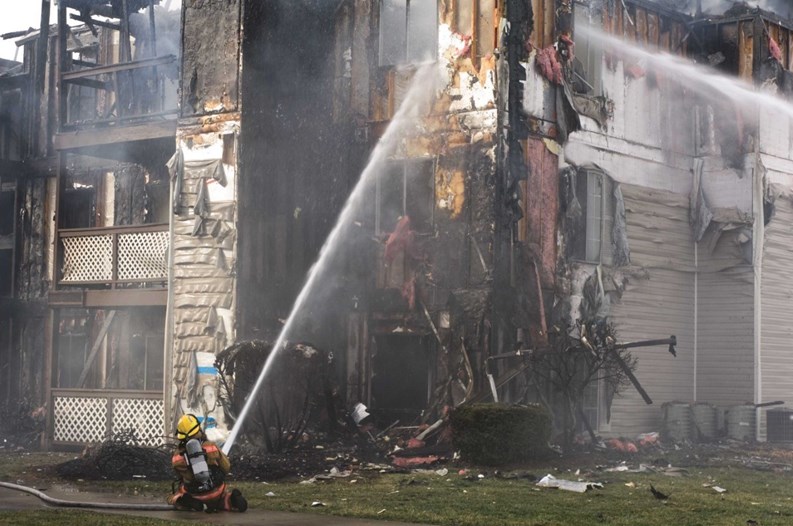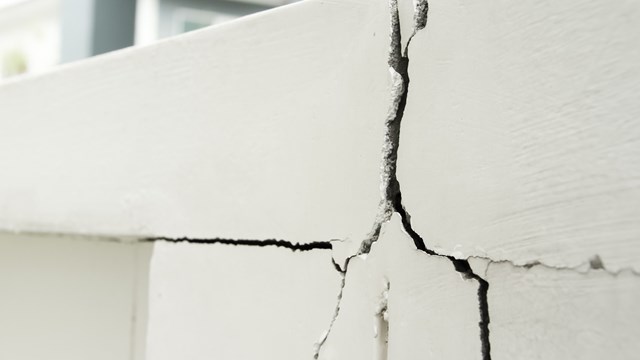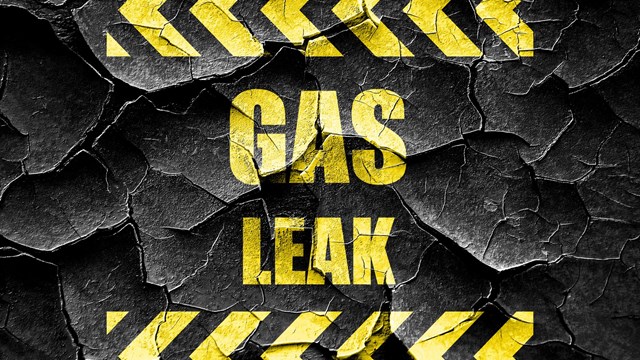In January, a couple was caught in an apartment fire at the Strand Condominium on West 43rd Street in Manhattan. One person died, and the other suffered serious smoke inhalation. The tragic situation could have been even worse; other residents complained afterward that they were confused about what to do in the case of a fire in their building.
Sadly, according to a spokesperson at the New York City Fire Department (FDNY), this is not an uncommon occurrence when major fires break out in multifamily buildings. It’s not so much that those in charge don’t have a set of emergency plans in place, but that those plans are often not adequately communicated with residents.
Fire Facts
Improved smoke alarms, mandatory sprinkler systems, and cutting-edge, flame-resistant building materials have all helped to reduce the frequency of deadly apartment fires in the last few decades, but fires do still happen. And whether they’re minor blazes in private kitchens or four-alarm infernos like the one at the Strand, the main concern of anyone in any building is to get themselves, their families and their neighbors out safely.
According to the FDNY, the top five causes of accidental fires are electrical, smoking-related, faulty appliances, careless cooking, and open flames such as candles or matches that get out of hand. Carmelo Milio, director of property management for Trion Real Estate Management in Yonkers says that in addition to the big five that the FDNY lists, space heaters and linty dryer vents are also big fire hazards in condos.
Because of these risks, “In the New York City metro area, we are required to install carbon monoxide and smoke detectors in all dwelling units,” he says. “All residents should always have a fire extinguisher and operating smoke detector in their unit.”
Georgia Lombardo-Barton, president of Manhattan-based Barton Management LLC, says that because overheating or obstructed electrical cords are the number-one source of co-op or condo fires, it's far safer to plug cords directly into outlets, rather than using extension cords or multi-cord outlet expanders.
“Residents shouldn't use extension cords for hair dryers, fans, or large appliances. Rather, use extension cords or multiple outlet extensions for powering a computer or charging a phone,” Lombardo-Barton says. “Keeping an apartment clutter free, especially near outlets and kitchen areas, is another form of fire prevention. If a fire starts in any location in the apartment, it will feed on clutter and continue to spread. This situation will only impede firefighters from controlling the fire and can spread it to neighboring units.”
Lombardo-Barton adds that management should also contact social services or next-of-kin if certain residents demonstrate hording tendencies, as this type of situation vastly increases both the risk of fire and the damage it can cause to life and property.
A Plan in Place
Enid Hamelin, director of Manhattan-based management firm Halstead Lawrence Properties, says that because of the Strand fire, new legislation is in the works to make stricter mandatory rules regarding evacuation planning and communication but nothing is firm at this time. What is in place is a rule that requires fire evacuation rules to be posted conspicuously in the building.
“What saves people’s lives is reading the instructions that are laid out,” Hamelin says. “If a managing agent should do anything, it’s to make sure that the literature is distributed and indicate how important it is to read it.”
This is not to say that there aren't any laws covering fire safety. In 1999, the Council of New York Cooperatives & Condominiums (CNYC) helped enact Local Law 10, which required the Fire Commissioner to promote rules regarding fire safety plans and notification. Rule 3 RCNY Section 43-01 took effect more than a decade ago and it provides detailed instructions and model documents for compliance with this law.
According to the law, which remains in effect, a fire plan must be distributed annually to all occupants and service employees of any condo or co-op, either during the first week of October (which is Fire Safety Month) or with the also-mandatory window-guard notice in January. The plan must also be distributed to every new building occupant and every new building employee. All plans must be revised and redistributed within 60 days of any material change in building conditions affecting it. The Fire Department may inspect these building records at any time, and should be presented with copies of the last five annual fire safety plans.
A more recent rule revision is Local Law 98, signed into law in November 2013 and taking effect in May 2014, which mandates that commercial and residential buildings prepare emergency management plans.This local law requires that the city of New York provide homeowners and building owners with information on how to prepare buildings for weather emergencies, natural disasters, and power outages.
Milio stresses the importance of a fire prevention and evacuation plan in all of his firm's properties, and ensures that all staff is familiar with the rules and regulations required. “All our managed buildings have a boilerplate evacuation and emergency plan that all our managers must study,” Milio says. “Our people know what to do in the case of an emergency, and are prepared to carry out the plan in a calm and cool manner. Obviously, a fire is a stressful thing, and we do our best to make sure everything goes smoothly.”
Hamelin says it’s up to the managing agent to see to it that every apartment in his or her portfolio is compliant with the rules, that all fire-safety notices are in place and all exit signage is up and in working order.
Communication Matters
Even when damages are confined to property and possessions, when a fire occurs in a condominium, the result is a devastating experience for residents. That’s why it’s so important to implement an effective fire prevention and evacuation strategy for all staff and owner/shareholders.
Everyone agrees that good communication with residents is a crucial feature of effective fire prevention. Reminders about fire prevention and evacuation can be sent in a monthly email newsletter, distributed at meetings, posted on bulletin boards or all of the above – and they should absolutely be given to new residents, says Milio. When someone moves into a building, they should be informed of the requirements to maintain batteries in their smoke detectors, and be reminded to keep a working fire extinguisher in an easy-to-grab location.
Evacuation Plan
The procedure for evacuation is similar in almost all condos and HOAs. Once an alarm sounds, the evacuation plan should automatically kick in.
The key to a successful evacuation plan, according to the FDNY, is to map out a location and site plan of the evacuation route and have on hand important contact information for the authorities. Additionally, buildings should maintain a roster of residents who may be in need of physical assistance during an evacuation. Those residents might include the elderly, as well as residents living with disabilities, or small children who need extra help getting to safety.
According to the rescue experts, once the building is clear, management should then get out of the way and let emergency responders do their work to evacuate any who remain in the building, identify the fire and extinguish it.
Insurance Concerns
Mark Carrasquillo, a veteran insurance broker with E.G. Bowman Company in Manhattan, says all multifamily properties are required to carry fire insurance. It doesn’t matter who or what causes the fire, even a resident. The building’s policy would pay to repair the damages.
“The first responsibility of the building owner or property managers is to secure enough building coverage to rebuild the property,” says Carrasquillo. They then have a choice of endorsements: replacement cost (RC), or actual cash value (ACV),” he says. “ACV is replacement cost less depreciation; RC being the better option and generally more expensive.”
If a building doesn’t have a fire prevention plan, or has not made efforts to communicate an evacuation procedure to all residents, it can affect the building's insurance coverage. Conversely, a community with a solid plan in place, which performs drills and communicates clearly through regular means, can see its premiums go down. “Loss prevention procedures, which include but are not limited to fire safety measures, are taken into consideration by insurance carriers who will adjust the rate accordingly allowing for a discounted premium,” Carrasquillo says.
Getting Help
Planning and mapping out fire procedures isn't something boards or even managers have to do alone. According to Lombardo-Barton, it helps to have a representative of the FDNY confirm the evacuation plan for each building, in addition to verifying the evacuation information in the Fire Safety Notices that are distributed to each resident. Also, if a building is having trouble creating or communicating the plan effectively, there are professional Fire and Life Safety Consultants located throughout New York who will come in and create a plan for your building for a fee. Most city fire departments or fire inspectors can also provide guidance with visits from safety personnel.
Robert O’Brien, founder of New York Fire Consultants, Inc., has helped thousands of residential buildings in the New York area establish a fire safety plan. Its FDNY-approved seminars are designed to reduce the risk of fire through the promotion of fire safety awareness and basic fire training for all a building’s staff.
“Our training provides the building manager and building staff with an overview of their roles in the event of a fire or emergency,” he says. “It also provides participants with the necessary knowledge and skills to enable them to deal with small fires safely, by using portable fire extinguishers, and to develop an awareness of the dangers and causes of fire.”
Hamelin says her firm gathers its supers on an annual basis and holds safety seminars, which covers fire and other emergency situations.
In total, a good fire-prevention plan should include: procedures for reporting of emergencies, occupant and staff response to emergencies, evacuation procedures appropriate to the building, its occupancy and emergency, appropriateness of the use of elevators, type, location and coverage of building fire-protection systems, names and phone numbers of persons responsible for maintaining the fire-protection equipment and special instructions for any mobility-impaired resident.
Whether you live in a high-rise or in a more spread-out suburban HOA, it's crucial for both your own safety and that of your neighbors that you know how to minimize the risk of fire, as well as how to get to safety if a fire does break out. Managers must communicate prevention and evacuation plans to residents, but it's up to residents to listen – and implement – this life-saving information.
Keith Loria is a freelance writer and a frequent contributor to The Cooperator.










Leave a Comment